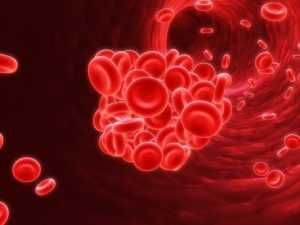
Stroke symptoms differ from one person to another but typically begin suddenly. Because different parts of the brain are responsible for controlling different body parts, the severity of the damage and symptoms will generally depend on the specific part of the brain that’s affected.
Think FAST:
- FACE: The individual’s face and/or eye might have drooped to one side and he or she might be unable to smile.
- ARMS: The individual might not be capable of lifting both arms and holding them up due to sudden numbness or weakness.
- SPEECH: His or her speech might be garbled or blurred, or the patient might be incapable of speaking even if he or she is awake or alert.
- TIME: You must call for help the instant you notice any or all of the mentioned warning signs.
In addition, the following symptoms might also be present:
- Sudden blurring or loss of vision
- Paralysis on only one side
- Confusion or being unable to understand what’s happening or what people are saying
- Dizziness
- Coordination and balance issues
- Dysphagia or difficulty swallowing
- A severe and sudden headache that feels like a striking pain unlike a common headache
- Unconsciousness
It is crucial that people in your household are aware of these stroke warning signs, especially if you or anyone in your household is at high risk for stroke, including seniors and those with heart issues, high blood pressure, or diabetes, says an urgent care provider in Lehi.
Note that mild symptoms that came and went very quickly or within a 24-hour period could indicate that the individual has experienced a TIA or transient ischemic attack, also called a mini-stroke, and that he or she is at an extremely high risk of experiencing a full stroke in the very near future.
That said, even if you’re unsure if the person is actually having a stroke, it’s better to call for help right away than suffer the potential consequences later on. This way, the affected individual could be evaluated and cleared, or begin treatment if necessary.




